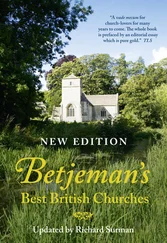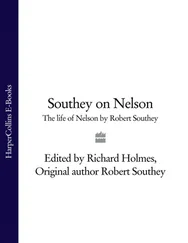The pattern of life in village India, too, spun on much as before: for those at the bottom of the pile the British simply substituted one landlord for another – and did not always do that. Sir Charles Metcalfe, early-nineteenth-century colonial administrator and historian, believed that the influence of his countrymen had never really percolated to the very bottom of Indian society: ‘Hindoo, Pathan, Mughal, Mahratta, Sikh, English, we are masters in turn; but the village communities remain the same.’ When Brigadier General Neville Chamberlain was up on the frontier in 1858 an old chief told him: ‘Many conquerors, like the storm, have swept over us and they have passed away leaving only a name, and so it will be with you. While we poor people are like the grass, we remain, we lift our heads again.’ 38
When the British arrived they found that the ideology of empire was well understood, and just as native rulers had tried to legitimise their position within the Mughal system, so the British paid careful attention to court ritual and diplomatic usage. The concept of the jagir also worked to their advantage, because they were able to buy out many jagirdars who were content to accept a pension in the place of a revenue which might depend on the weather or the capricious vagaries of court politics. The notion of Mughal legitimacy persisted well into British rule. Political officer Alexander Burnes visited the dispossessed emperor at Delhi in 1831, and wrote: ‘The mummery of the ceremony was absurd, and I could not suppress a smile as the officers mouthed in loud and sonorous solemnity, the title king of the world, the ruler of the earth, to a monarch now realmless and a prince without power.’ 39Well before the great Mutiny there were persistent rumours that there would be a rising, as Sita Ram put it, to ‘restore the throne of Hindustan to the Delhi Badshah’.40
When the Mutiny actually broke out in 1857, sepoys rushed to Delhi, where they found Bahadur Shah II, grandson of the last Mughal emperor, Shah Alam II. Aged eighty-two, and with neither subjects nor army, but enjoying the honorific title ‘King of Delhi’, the old gentleman ‘ruled’ from the Red Fort, built by Shah Jehan, Akbar’s grandson. ‘For there is not the slightest doubt,’ avers Surendra Nath Sen, ‘that the rebels wanted to get rid of the alien government and restore the old order of which the King of Delhi was the rightful representative.’ 41Yet it was never as simple as a nationalist historian might aver, and if British rule depended in part on military power, it also in part relied on ‘lack of national feeling among Indians and their long habituation to domination by people of other races and religions’. 42A similar view was expressed, though far more robustly, in the standard late-nineteenth-century handbook Our Indian Empire, which warned its readers:
The races of India have less resemblance to each other than the nations of Europe. A native of Bombay or Calcutta is as much a foreigner in Peshawar or Delhi as an Englishman in Rome or Berlin. The languages of Southern India are no more intelligible in Lahore than they would be in London. India is not yet a nation, and until time and civilisation rub the edges off the sharp distinctions of caste and soften the acuteness of religious jealousies, it must remain as at present a mere patchwork of races … 43
Конец ознакомительного фрагмента.
Текст предоставлен ООО «ЛитРес».
Прочитайте эту книгу целиком, купив полную легальную версию на ЛитРес.
Безопасно оплатить книгу можно банковской картой Visa, MasterCard, Maestro, со счета мобильного телефона, с платежного терминала, в салоне МТС или Связной, через PayPal, WebMoney, Яндекс.Деньги, QIWI Кошелек, бонусными картами или другим удобным Вам способом.












